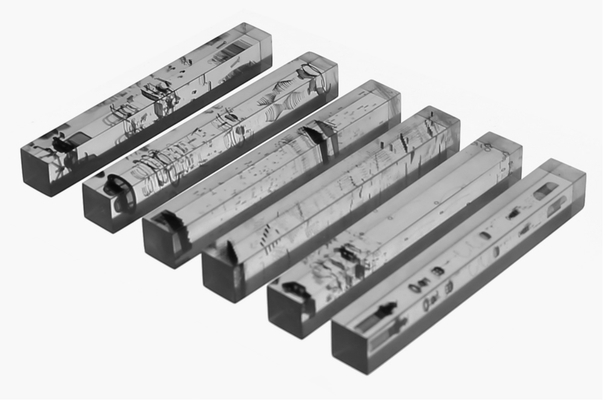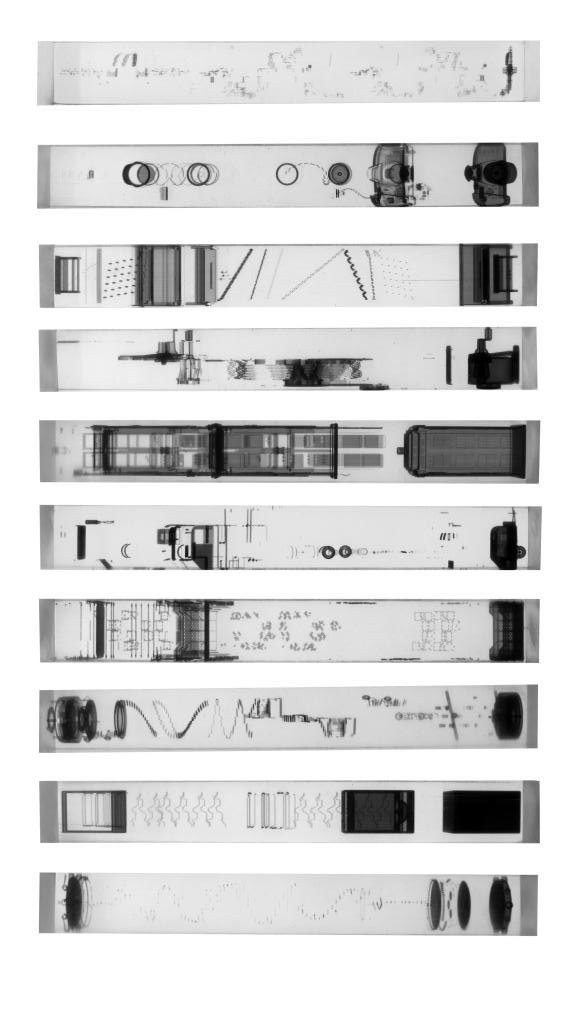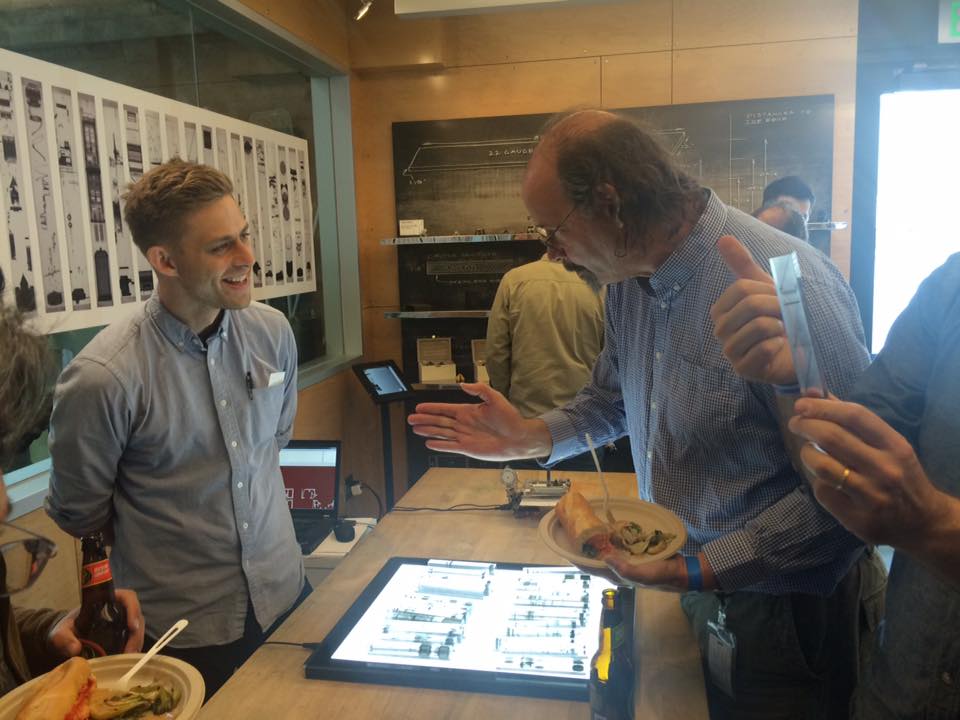Autodesk Pier 9
Artist-in-Residency, S.F. California



By adding the element of time into instantaneous computer processes we can visualize the work of algorithms. When computers save your 3D file into the Stereolithography format (STL) for 3D printing they do so one triangle at a time. If one saves an STL in an ASCII format and opens the file in notepad, the index order of the triangles is immediately apparent. The strategy described here adds successively larger Z-heights to the triangles in the order in which they appear in the STL file to reveal the “behind the scenes” meshing process in your 3D modeling software.
The title of this project “clickspace” is a reference to the moment of clicking print, the instance which begins the process of translating our file in various ways. The goal of this project is to open up the moment in time immediately following the clicking of print and to explore this spatially.
The photos above are 3D resin prints of meshes which have been transformed to illustrate the process in which they have been converted from non-triangle models by a meshing algorithm. At the base of the print is the input model (a car, house or mechanism, for instance) and above it is the “time-lapsed” or exploded version of the model with time (or more accurately triangle index) in the Z direction.